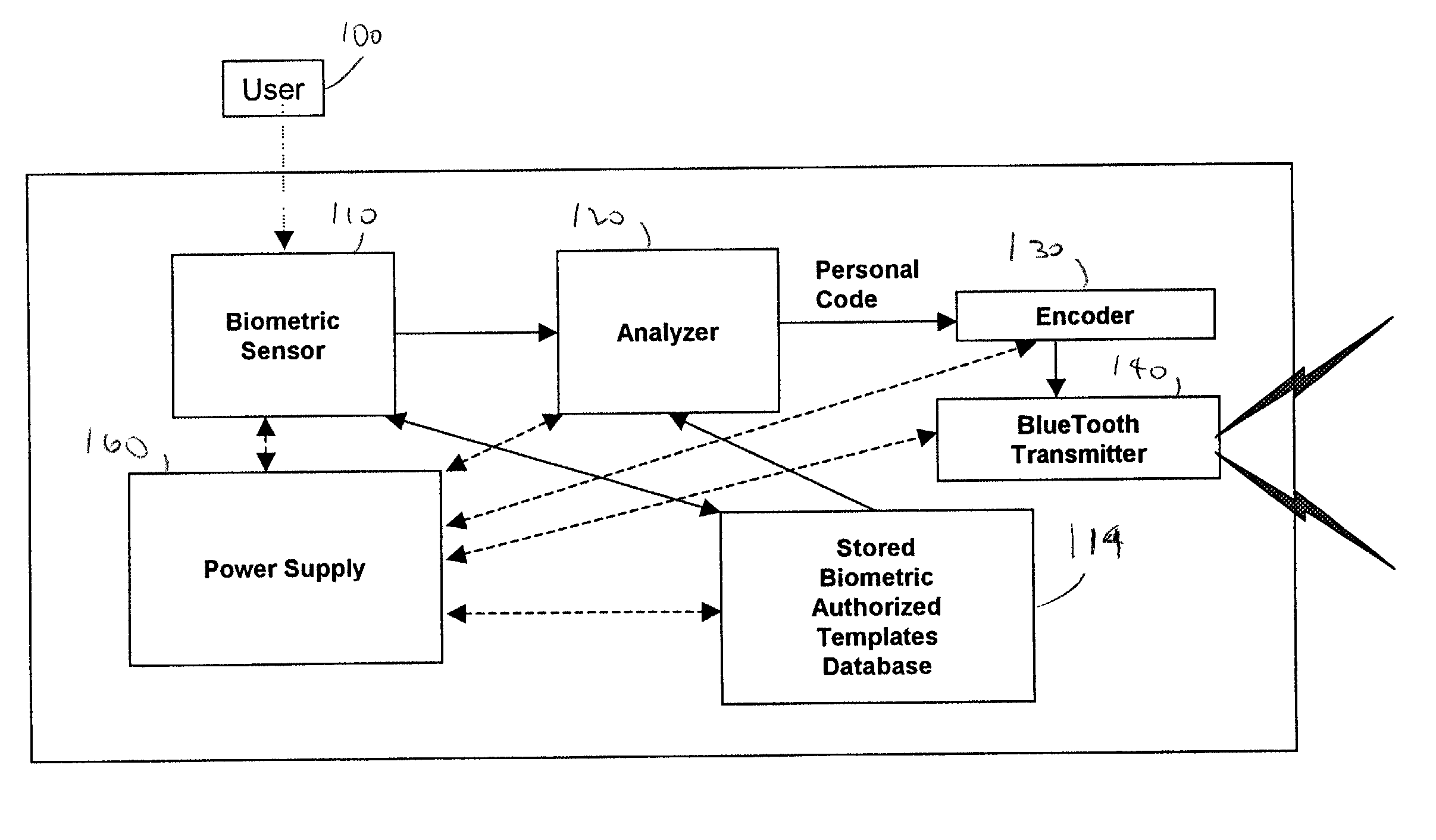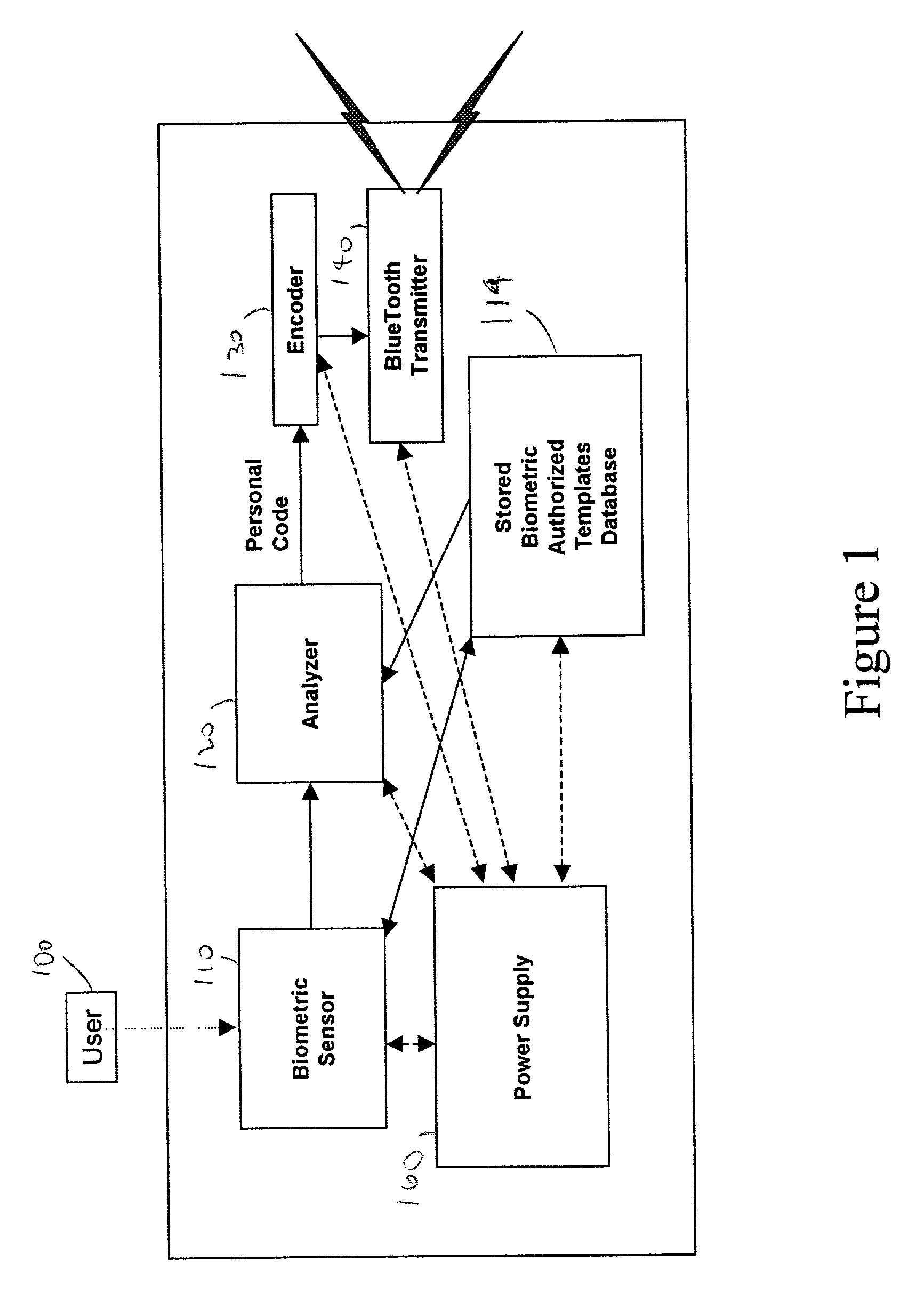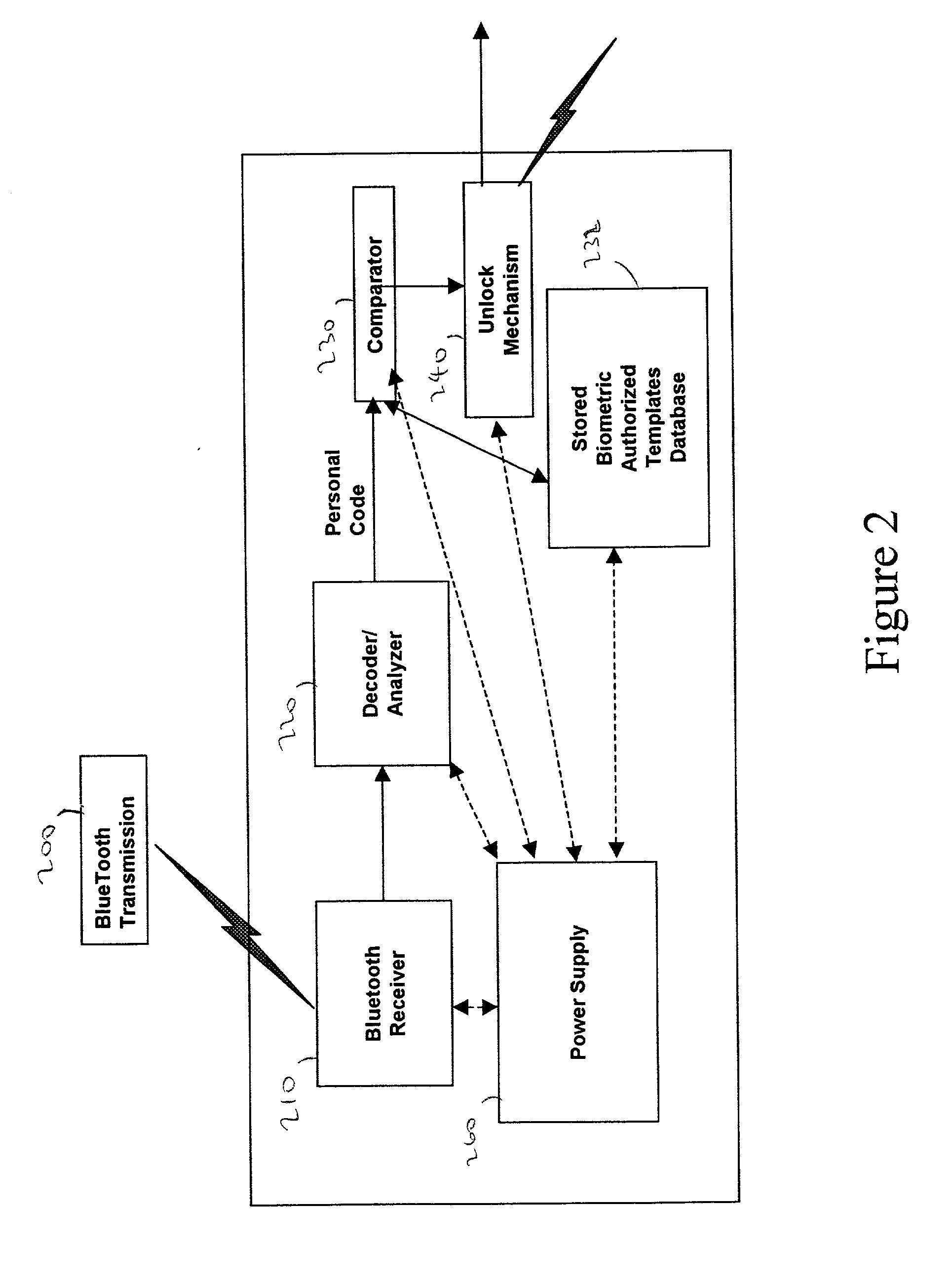A given sensor technique may not work for all persons who are authorized for access.
These aspects have kept
biometrics expensive to buy, install, and maintain, and confusing for many segments of the
population.
They have not fully exploited the potential security of
biometrics.
Using multiple biometric techniques can improve that figure, but at increased cost and inconvenience to the supplier and user.
1) The commonly-used biometric techniques such as fingerprints, face recognition, hand geometry, voice recognition, and
retina / iris scanning do not give reliable results for all persons.
People who are elderly, artisans, have
dry skin, or are from certain ethnic classes such as Asians and Ethiopians often do not produce useable fingerprints.
In the general
population of airports, for example, more than 8% of passengers are not good candidates for
fingerprint-based identification.
Hand geometry is not sufficiently unique to be useful with large databases.
Face recognition is far less accurate for dark skinned persons; especially in dim light.
Voice recognition is unreliable with elderly persons, those under stress or tired, or persons with colds or dry throats.
2) Deployed biometric sensors are commonly vulnerable to vandalism, sabotage, degraded performance associated with the need for frequent maintenance, and undetected operational failures.
The need for finger contact with those plates presents a problem.
Oils from the hand accumulate and reduce the effectiveness of the
system unless the plates are routinely cleaned.
Dust and other debris from the hands, and intentional destruction or marking on the plate are also potential error sources which can deny use of the sensor if detected, or render the sensor performance unreliable if not detected.
Hand geometry also suffers from the need for contact between the hand and the sensor.
Persons who are opposed to the use of
biometrics may intentionally vandalize installed systems or sabotage their use.
Especially in the case of unattended systems, where biometric systems replace human guards, the resulting damage can destroy the potential cost and security advantages of using biometric technologies.
Poor training, or poorly designed biometric systems, result in low
throughput.
Unless the subject is a frequent user of that type of sensor, he may experience
frustration, delays, and false rejections through improper use.
Having to remember the operational details for each biometric sensor location may be more cumbersome than remembering different passwords for each location--which is often the impetus for installing biometrics.
However, he may have very poor eyesight and
limited mobility and so be unable to understand or use new sensors installed at different locations.
Current biometric systems often provide degraded performance when the subject's condition changes, but do not adapt to those changes nor provide information about them.
AuthenTec uses only
fingerprint sensors and makes no provision for use of other sensors, does not include a GPS or
clock circuit to change the personal biometric code with each transmission and
record date, time and location of each use, does not insure the immediate proximity of user to lock, does not provide for continuous or intermittent re-
verification of identity, and provides no provision for checking the condition of the user.
In summary, the prior art is lacking in the following particulars: 1) The commonly-used biometric techniques such as fingerprints, face recognition, hand geometry, voice recognition, and
retina / iris scanning do not give reliable results for all persons.
2) Deployed biometric sensors are vulnerable to vandalism, sabotage, degraded performance associated with the need for frequent maintenance, and undetected operational failures.
Unless he does so, he will not get access, information, money, credit,
medical care, etc.
An additional concern is that a given biometric technique may not work for everyone.
In particular, the elderly, persons with thin
skin or very
dry skin, Asians, artisans who work with various materials, and ethnic groups, such as Ethiopians, who have very narrow fingers may not be reliably identified with current
fingerprint scanners.
As another example, very dark-skinned persons are often not accurately identified by facial recognition systems which use visible light imaging.
Persons who wear eyeglasses may not be accurately identified by facial recognition systems which use
infrared imaging sensors.
Persons who wear
colored contact lenses, or who have
cataracts may not be accurately recognized by iris scanning systems.
Persons who travel by air or use their voices extensively may not be accurately identified by voice recognition systems.
Third, it can deny activation and use to anyone other than an authorized user, except for prerecorded emergency transmissions.
 Login to View More
Login to View More  Login to View More
Login to View More 


